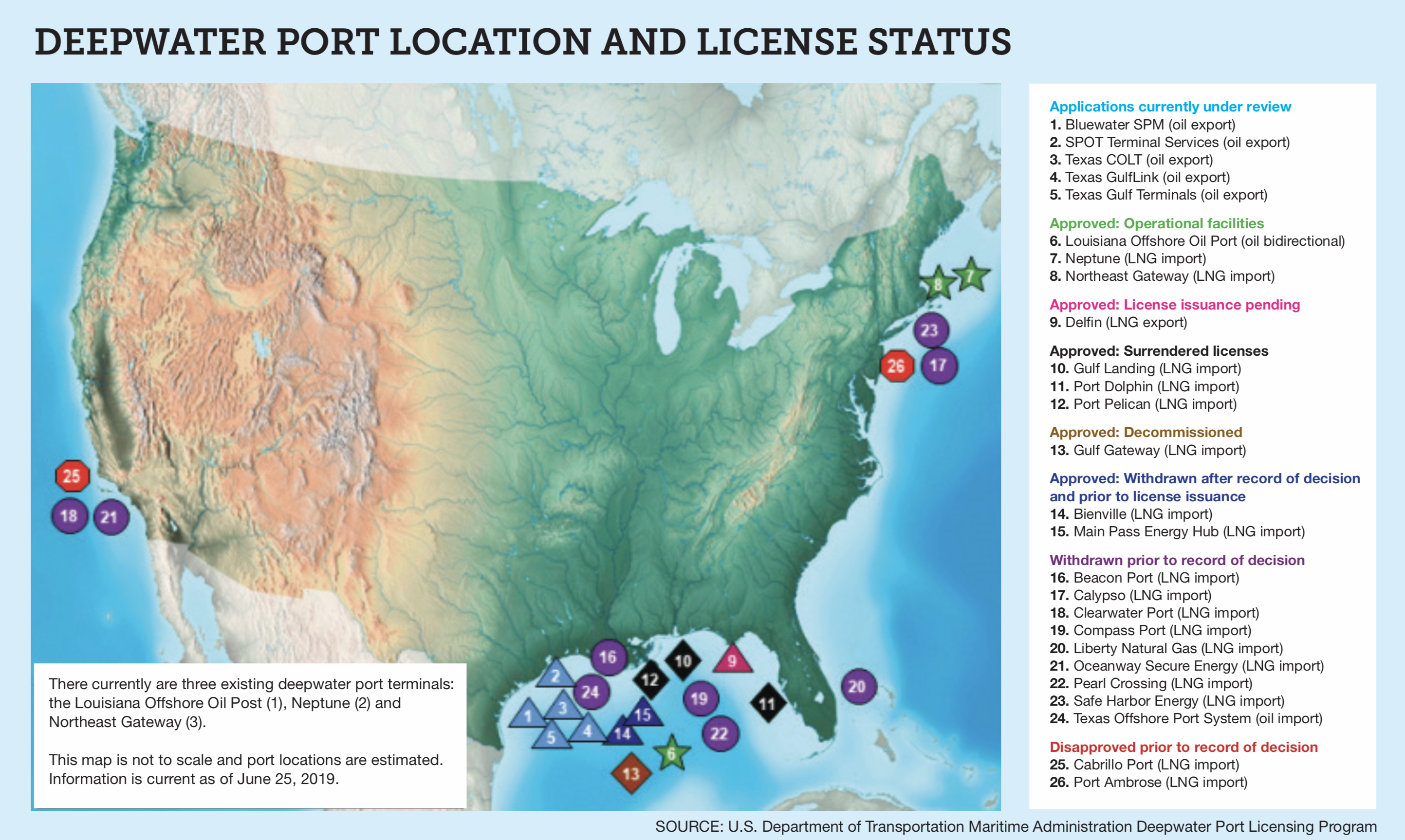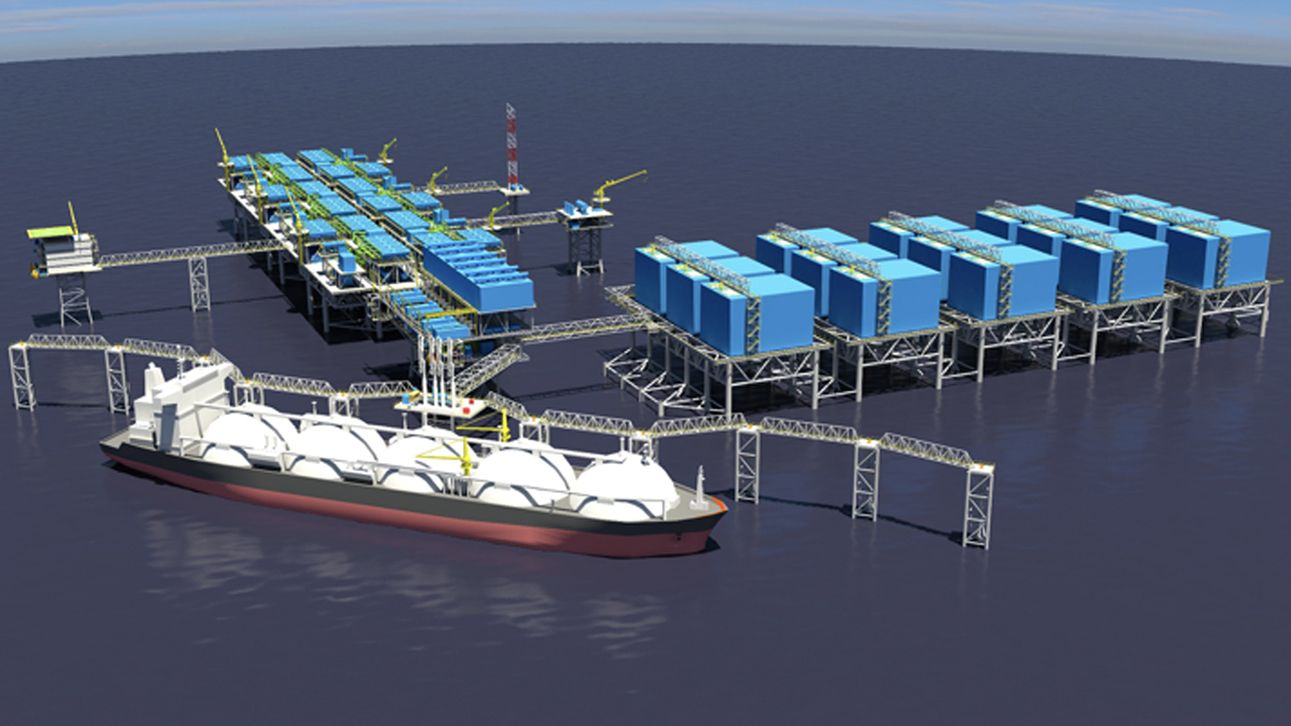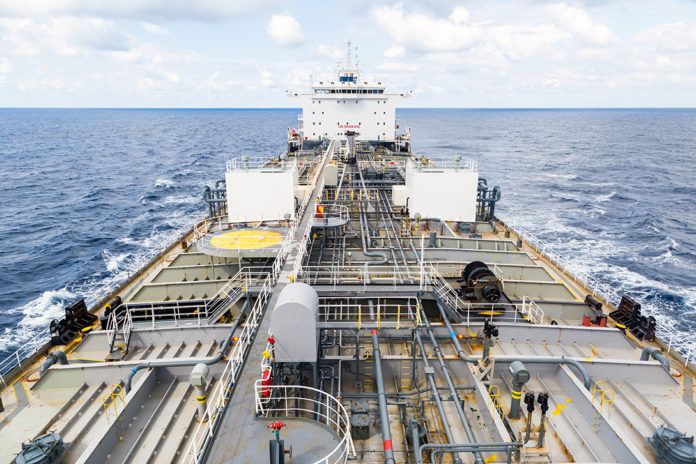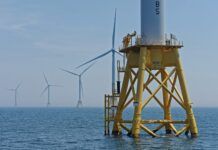There’s a race afoot in the deep waters of the Gulf of Mexico. A host of companies and consortiums are pursuing the development of at least five separate deepwater oil ports off the coast of Texas, each hoping to tap into burgeoning worldwide demand for exports and a growing supply of inland oil.
It appears, however, that those facilities first to cross the regulatory finish line will stand the best chance of getting built, as future demand won’t likely support them all. Regardless, it’s going to be a while before they catch up with the only current oil exporter in the U.S. deepwater market—the Louisiana Offshore Oil Port, located some 30 miles south of Fourchon.
Originally constructed as an import facility, the decades-old LOOP needed only a few adjustments to add export capabilities to its portfolio, and the investment appears to be paying off in a big way. LOOP loaded a record six Very Large Crude Carrier, or VLCC, supertankers in a matter of weeks last summer— 283,333 barrels per day in June alone—for the transport of medium-sour crudes to China, India and Europe.
Tyler Abadie, CEO at engineering consulting firm Abadie-Williams LLC in Metairie, says LOOP is way out in front of the export game—at least for the moment—as Texas investors must maneuver through a lengthy permitting process and a host of other challenges to turn their plans into reality. Abadie-Williams was tapped to design Sentinel Midstream’s $1 billion Texas GulfLink deep water export terminal 30 miles south of Freeport, Texas.
“There are not a lot of precedents regarding how the permitting process works for these deepwater ports,” Abadie adds. “We’re also having to navigate through the engineering of a fixed structural platform in the Gulf of Mexico. Those just aren’t built anymore.” As such, Abadie-Williams ultimately had to recruit a handful of engineers nearing retirement to assist with the design. “The expertise and the knowledge were hard to find, regarding design codes etc. It’s a massive undertaking.”
Deepwater ports fill a critical need, as VLCCs require a draft of about 85 feet of water when they are fully loaded. Conversely, ports along the Mississippi River provide a draft of only 50 feet. “LOOP is in 115 feet of water, so it avoids all that,” says Eric Smith, associate director of the Tulane Energy Institute in New Orleans. “That means a vessel can come in empty and go out full, come in full and go out full, etc.”
Andy Lipow, president of Lipow Oil Associates in Houston, says VLCCs are the most efficient method for transporting oil across the globe. A former oil executive, Lipow serves as a consultant for producers, refiners and midstream operators. “Asia is where a lot of the growth is coming from, but U.S. produced oil is making its way all across the world,” he adds. “It’s going to Europe, to India. We’ve seen some go to South America, so it’s just part of the overall world supply.

“It just makes sense that the number of ships using these offshore ports is going to increase. Along with the pipelines, we’re building terminals, docks and associated infrastructure to move this oil into these overseas markets.”
This trend toward increased offshore exports should continue as new sources of oil come online. Earlier this year, the owners of the Capline Pipeline—Plains Pipeline LP, BP Oil Pipeline Co. and Marathon Petroleum Corp.—announced plans to reverse their pipeline flow to transport crude oil from Patoka, Illinois, and Collierville, Tennessee, to the Gulf Coast, thereby providing a route for Canadian and North Dakota oil producers to reach refineries in the New Orleans and Baton Rouge areas. It would also open up another route for exports.
While Capline’s owners say crude oil service could commence by the third quarter of 2020, Tulane’s Smith expects a few bumps in the road. He says there will likely be delays from the environmental community as the pipeline crosses multiple state lines. “It’s going to be a bit of a fight before it’s over,” Smith says. “There’s also a short length of new pipe they have to install to connect to the pipelines coming out of Canada.
“Still, I think there are some reasons for hope. I’m just saying I don’t expect that to happen tomorrow.” Even when it does happen, Smith doesn’t expect much of the heavy crude coming from Capline to make it to LOOP, given the level of local refinery demand and the offshore demand for “medium sour” crude.
LOOP Could Soon Feel the Heat

Until three years ago, LOOP supported about 300 vessels a year as they offloaded crude oil from Saudi Arabia, Iraq, Venezuela and other sources, then piped it inland. It’s a whole new world today, as an influx of Gulf of Mexico crudes and weakening prices have contributed to a seismic shift to exports.
About 40% of vessels now leave full of U.S. crude for export markets, much of which includes a grade of crude called Mars Sour, produced offshore by Royal Dutch Shell Plc.
A relatively simple operation, LOOP is comprised of a large platform outfitted with pumps, three Single Point Mooring (SPM) buoys for the VLCC tankers and flexible pipelines. The port is supported by two onshore facilities: the Fourchon Booster Station and Clovelly Dome Storage Terminal. At Clovelly, up to 40 million barrels of crude oil are stored in underground salt caverns.
Despite its advantages, Tulane’s Smith says the LOOP facility is somewhat constrained by its original purpose, as it now has only one pipeline for both importing and exporting. “It’s a cumbersome process the way it’s set up,” he adds. “They made some modifications, but the real solution is to invest in a new pipe.”
For this and other reasons, LOOP stands to face some stiff competition from Texas. According to the U.S. Maritime Administration, the five applications currently under review for deep water exporter ports were submitted by Bluewater SPM, SPOT Terminal Services, Texas COLT, Texas GulfLink and Texas Gulf Terminals. Most of the investors are planning to export crude oil from the Eagle Ford and the Permian Basin shale plays, as well as from Canada.
This would likely take potential business away from LOOP as it would give Texas producers a nearer option to get the shale play crude to market. In September, a Federal Register notification indicated that Houston-based West Delta LNG is seeking permission to build a fixed-platform deepwater port roughly 10.5 nautical miles off the coast of Plaquemines Parish in 60-foot waters (see sidebar, page 23).
In determining the location for its offshore deepwater facility, Abadie says Sentinel examined a variety of factors, including a keel clearance of 100 feet, absence of any nearby exploration or production activity, and waters clear of any underwater obstructions. Checking all those boxes can be a challenge, Abadie says, but it’s all necessary to support the massive VLCC tanker ships.
“They’re 1,100 feet long and they’re drafting about 75 to 80 feet fully loaded,” Abadie says. “And when the ship first starts up and gets to full speed, it kind of digs down a little bit.”
Sentinel Midstream’s Texas GulfLink project is financed by Dallas private equity firm Cresta Fund Management, while Abadie-Williams is the primary engineering and regulatory consultant and Baton Rouge law firm Kean Miller LLP is the lead legal advisor.
The company will ultimately deliver crude oil via an onshore pipeline from the Houston market into above ground crude oil storage tanks, located in a storage facility near Jones Creek in Brazoria County, Texas. The oil will be transported to one of two SPM buoys in the Gulf via a 42-inch pipeline. The buoys will allow VLCCs to moor and receive up to 2 million barrels of crude at a rate of 1.2 million barrels of crude per day.
A manned offshore platform will be equipped with round-the-clock port monitoring, custody transfer metering, and surge relief. “As the lead engineering and regulatory group, we put together the 6,000-page deep water port application and are currently designing the offshore platform and components of the onshore pipeline stations,” Abadie says.
“We’re also acting as the primary operational and regulatory support team through the one-year application timeline with the Maritime Administration and U.S. Coast Guard.”
Elsewhere, Houston-based companies Kinder Morgan and Enterprise Products Partners have teamed up with Canadian pipeline operator Enbridge, to file for a federal permit to build a port about 30 miles offshore from Oyster Creek, Texas, where an oil storage terminal is also proposed to support the facility.
A new deepwater port for Louisiana?

Houston-based West Delta LNG wants permission to build, own and operate a fixed-platform deepwater port in the Gulf of Mexico off the coast of Louisiana, as well as onshore facilities to export liquefied natural gas.
According to the Federal Register, the deepwater port and marine components would include an LNG production and storage unit, a loading platform/marine berth unit and support facilities. Onshore components would include the proposed Venice Pretreatment Plan in Plaquemines Parish in the existing Venice Gas Complex.
On its website, West Delta says the project is designed as “a world-first fixed-platform LNG production facility with uncongested open-water access for LNG carriers, free of the coastal footprint that burdens shore-based facilities,” noting that it provides “opportunities for off-take partners to diversify upstream for even greater supply certainty and price protection.”
Production facilities would comprise three LNG production platforms capable of accommodating six liquefaction trains with a combined capacity of 6.1 million metric tons of LNG. Aluminum storage tanks at the facility would be capable of holding 300,000 cubic meters of gas for off-loading to LNG carriers.
The Venice Pretreatment Plan would receive natural gas from Gulf of Mexico midstream pipelines and interstate pipeline feed gas from pipelines already interconnected with the Venice Gas Complex. The gas would be pre-treated and compressed onshore and sent to the offshore deepwater port.
The proposed deepwater port will comprise 13 fixed bridge connected platforms with piles in Outer Continental Shelf West Delta Lease Block 44, approximately 10.5 nautical miles off the coast of Plaquemines Parish in 60-foot waters. The loading platform and marine berthing facilities will contain a loading arm system to load onto a single LNG trading carrier.
At press time, the U.S. Coast Guard and Maritime Administration, or MARAD, were working on an environmental impact statement.
This article was originally published in the Q4 2019 issue of 1012 Industry Report.









